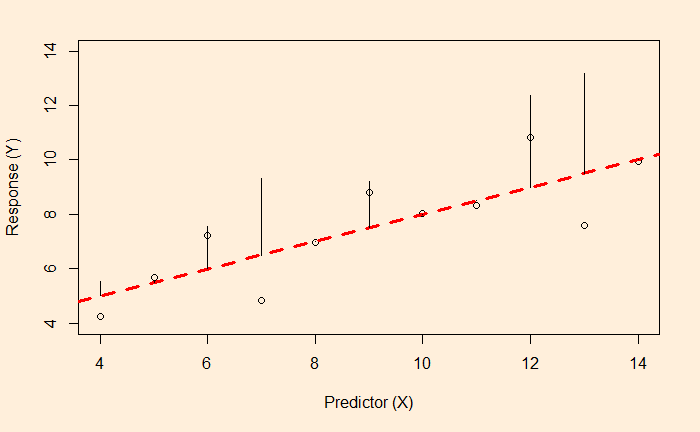Loss and Damage and COP27
The 27th session of the Conference of the Parties (COP27) has just concluded this morning at the Sharm El-Sheikh (Egypt) Climate Change Conference with the signing of what’s proclaimed a landmark deal, the endorsement of the “loss and damage” fund.
Governments took the ground-breaking decision to establish new funding arrangements, as well as a dedicated fund, to assist developing countries in responding to loss and damage. Governments also agreed to establish a ‘transitional committee’ to make recommendations on how to operationalize both the new funding arrangements and the fund at COP28 next year. The first meeting of the transitional committee is expected to take place before the end of March 2023.
UN Climate Press Release:
From COP 19
“Acknowledging the contribution of adaptation and risk management strategies towards addressing loss and damage associated with climate change impacts”
FCCC/CP/2013/10/Add.1: Decision 2/CP.19
Although the term, loss and damage, came inside COP books in 2013 at the COP17 in Warsaw, Poland, the push for a suitable compensation mechanism supporting vulnerable countries to endure the cost of climate change, which is predominantly inflicted by a few industrialised countries, has a long history. As per Wiki, AOSIS proposed an insurance pool as early as 1991 when United Nations Framework Convention on Climate Change (UNFCCC) was in the process of setting up.
Reference
COP27: UNFCCC
COP19 Reports: UNFCCC
Loss and damage: Wiki
Loss and Damage and COP27 Read More »








